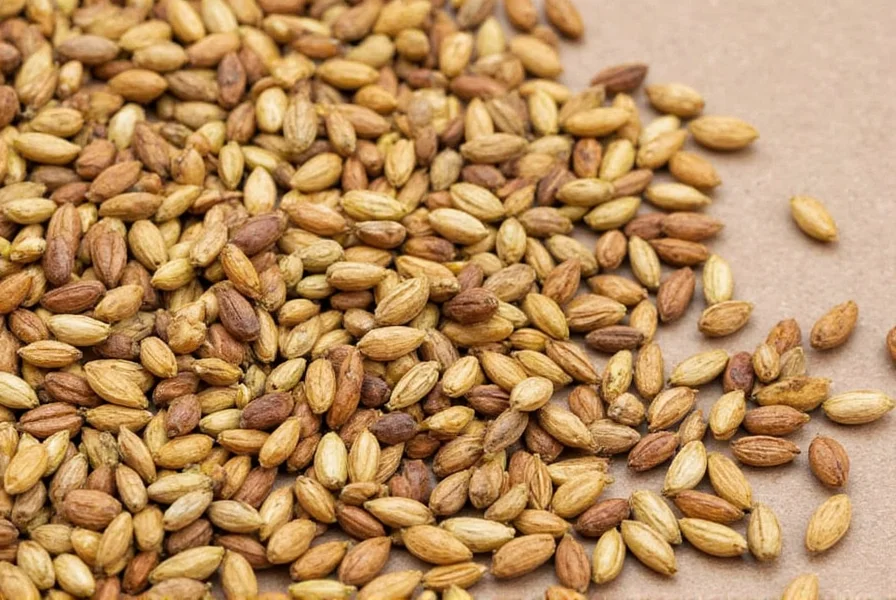Cardamom Seed: The Queen of Spices – Secrets, Tips & Flavor Magic Revealed!
If there were a royal family of spices, cardamom seed would definitely be the queen. Known for its intoxicating aroma and complex flavor profile, this small but mighty pod has been captivating palates for centuries across the globe—from Indian chai to Scandinavian pastries.
Table of Contents
- What Is Cardamom Seed?
- Flavor Profile: What Makes It Special?
- Top 7 Culinary Uses You Must Try
- Healing Powers: Surprising Health Benefits
- Buying Guide: How to Choose the Best Cardamom Seeds
- Storage Tips to Keep That Aroma Alive
- Common Mistakes (and How to Avoid Them)
- A Royal Legacy: Cultural and Historical Roots
- Conclusion: Spice Up Your Life with Cardamom Seed
What Is Cardamom Seed?
Cardamom seed comes from the plant Elettaria cardamomum, which belongs to the ginger family. Native to southern India, it’s now cultivated in countries like Guatemala, Sri Lanka, and Tanzania. The spice is found inside small green pods that contain dark, aromatic seeds. These seeds can be used whole or ground, depending on the dish.
There are two main types:
- Green Cardamom – The most common and prized variety, often called the 'true' cardamom.
- Black Cardamom – Larger and smokier, often used in savory dishes like curries.
| Type | Aroma | Best Use | Substitutes |
|---|---|---|---|
| Green Cardamom | Fragrant, citrusy, floral | Sweets, tea, desserts, rice dishes | Cinnamon, allspice, nutmeg |
| Black Cardamom | Smoky, camphor-like | Mutton dishes, biryanis, stews | Smoked paprika, star anise |
Flavor Profile: What Makes It Special?
The magic of cardamom seed lies in its complexity. It's sweet, spicy, slightly herbal, and just a little piney. Imagine the scent of a forest after rain mixed with a hint of citrus zest—that’s cardamom for you!
This unique blend makes it versatile enough to work in both sweet and savory contexts. In Scandinavia, it flavors breads and cookies. In Middle Eastern coffee, it adds depth. And in Indian garam masala blends, it plays a crucial supporting role.
Top 7 Culinary Uses You Must Try
Ready to spice up your meals? Here are seven mouthwatering ways to use cardamom seed:
- Chai Time: Crush a few seeds and toss them into your morning chai pot. Instant luxury!
- Biryani Boost: Toast cardamom pods in oil before layering your biryani rice for an unforgettable aroma.
- Spiced Lattes: Add ground cardamom to your next coffee or matcha latte for a warm twist.
- Dessert Delight: Mix ground cardamom into cake batters, especially those with pistachio or rosewater.
- Middle Eastern Coffee: Sprinkle a pinch into freshly brewed coffee along with some cocoa powder for a traditional touch.
- Stewed Fruits: Add crushed cardamom seeds when simmering apples, pears, or figs for a holiday-ready treat.
- Meat Rub: Combine with cumin, coriander, and black pepper for a spiced rub perfect for lamb or chicken.
Healing Powers: Surprising Health Benefits
It’s not just about flavor—cardamom seed brings health benefits too! Studies have shown it may:
- Promote digestion by stimulating enzyme activity in the gut.
- Reduce blood pressure thanks to its potassium-rich content.
- Improve oral health—used as a natural breath freshener since ancient times.
- Boost mood through its calming and uplifting aroma.
Buying Guide: How to Choose the Best Cardamom Seeds
Not all cardamom seeds are created equal. Whether you’re buying pods or pre-ground powder, here’s what to look for:
| Feature | Premium Quality | Low-Quality Red Flags |
|---|---|---|
| Color | Bright green pods | Dull brown or yellowish pods |
| Smell | Strong, fragrant aroma | Mild or musty smell |
| Texture | Firm, plump pods | Brittle or shriveled pods |
| Seeds | Dark, shiny, intact | Light-colored, dry, or missing |
Here are top products you should consider:
- Mother Earth Organics Green Cardamom Pods – Organic, sustainably sourced from Kerala, India. Perfect for baking or chai.
- Spice Garden Whole Black Cardamom – Ideal for slow-cooked meats and hearty stews. Bold flavor, strong aroma.
- Simply Organic Ground Cardamom – Great for quick additions to baked goods or smoothies. Freshly milled and potent.
Storage Tips to Keep That Aroma Alive
To preserve the rich aroma of cardamom seed, proper storage is key:
- Store whole pods in airtight containers away from light and moisture.
- Keep ground cardamom in a cool, dark pantry and use within six months.
- Freezing is possible but only if the container is sealed tightly to prevent condensation.
Common Mistakes (and How to Avoid Them)
Even seasoned cooks sometimes misuse cardamom. Avoid these slip-ups:
- Overgrinding: Too fine a grind can mute the flavor. Grind just before use for best results.
- Using Old Stock: If it doesn’t smell amazing, toss it. Cardamom loses potency over time.
- Too Much Heat: Prolonged cooking diminishes flavor. Add towards the end of cooking or toast briefly first.
- Mixing with Competing Flavors: Let cardamom shine—pair it wisely with cinnamon, clove, and citrus, not overpowering spices like chili or garlic.
A Royal Legacy: Cultural and Historical Roots
Cardamom has been part of human culture for thousands of years. Ancient Egyptians chewed it for fresh breath, while Romans imported it for medicinal use. Today, it remains a cornerstone in Ayurvedic medicine and Middle Eastern hospitality rituals.
In India, weddings aren’t complete without cardamom-scented sweets and chai. In Sweden and Finland, it’s the secret ingredient in beloved holiday breads like *Julekake* and *Pulla*.
Conclusion: Spice Up Your Life with Cardamom Seed
From your morning cup of coffee to exotic stews and decadent desserts, cardamom seed offers a world of flavor possibilities. With this guide, you're now ready to explore its aromatic wonders with confidence and creativity.
So go ahead—crack open a pod, breathe in that heavenly scent, and let cardamom become your new kitchen essential.











 浙公网安备
33010002000092号
浙公网安备
33010002000092号 浙B2-20120091-4
浙B2-20120091-4